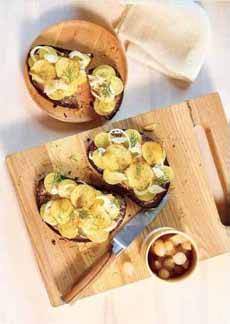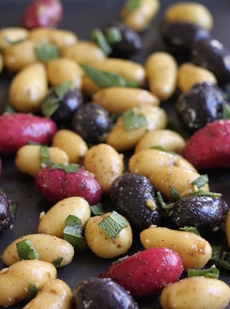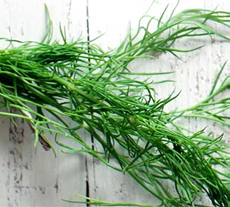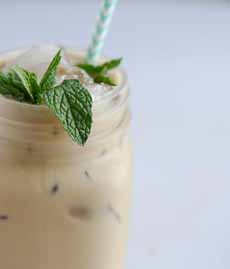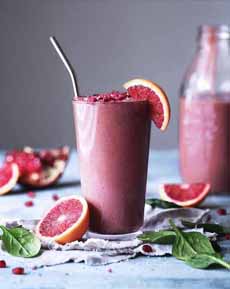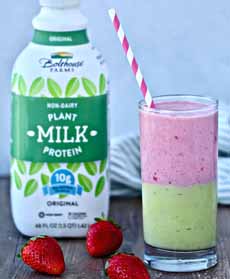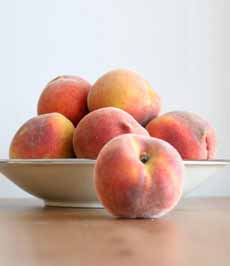|
The first day of summer, June 21st, is National Smoothie Day (also National Peaches & Cream Day)!
Up to 184 million Americans enjoy smoothies each year. Let’s start with some…
SMOOTHIE HISTORY
Smoothies first emerged in the U.S. during the hippie movement of the 1960s, when vegetarianism and natural eating rose in popularity. The trend is believed to have originated in California, where a group of locals began making fruit smoothies after trying them in Brazil.
The original smoothies consisted simply of fruit, extra fruit juice and ice. By the late 1960s, some frozen vendors vendors jumped on the bandwagon and added their product.
Smoothie King opened its doors in 1973. By the late 1970s, health food stores nationwide had caught on to the trend and began adding milk to the mix, calling the drink a fruit shake.
The milk was traded for yogurt, which provided more protein; and in the 1980s, smoothies became part of fitness and health food trends. Supplements, from oats to ginseng to bee pollen, were added to the mix. This led to the birth of specialty smoothie bars, which remain popular today.
And then…ready-to-drink smoothies began to pop up in food stores. Far beyond the original refreshing icy fruit drink, today’s smoothies are healthy snack alternatives and even meal replacements.
With the rise of veganism, lactose intolerance and other dairy-free diets, plant-based milk alternatives and sustainability have grown in popularity, and the trend shows no signs of slowing.
RECIPE: STRAWBERRY AVOCADO SMOOTHIE
This delicious and summery Strawberry Avocado Smoothie recipe (photo #3) was created by The Foodie Physician for Bolthouse Farms.
Ingredients
5.6 cup Bolthouse Farms Original Plant Protein Milk (flavor of choice), or other milk of choice, or yogurt
1 avocado (or substitute 1 cup blackberries or blueberries)
1 frozen banana
1/4 teaspoon vanilla extract
1 cup frozen strawberries
1 teaspoon honey
Preparation
1. BLEND together the avocado, 1/2 of the frozen banana, and 1/3 cup Plant Protein Milk. Add 1 teaspoon of honey and 1/4 teaspoon vanilla extract to the blender, blend again and pour the mixture into a glass.
2. CLEAN out the blender.
3. BLEND together the strawberries, 1/2 frozen banana, and 1/2 cup Plant Protein Milk. Pour the strawberry layer over the avocado layer and serve.
|
